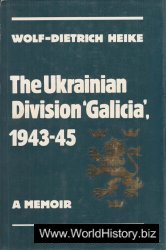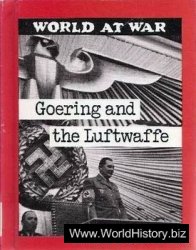Non-Indian America was unaware of the Nez Perce until Meriwether Lewis and William Clark returned from their expedition in 1806 and later published their journals. The explorers reported how friendly Nez Perce had provided them with food and shelter in the fall of 1805 and had even sent guides along to help them on part of their trip.
In the years following the Lewis and Clark Expedition, fur traders arrived in Nez Perce country: first the French Canadians, then the British Canadians, and then the Americans. Missionaries soon began arriving there. The Nez Perce proved reliable friends to these outsiders.
In 1855, at the Walla Walla Council, tribal leaders readily agreed to the terms offered by government officials. In exchange for some of their territory for nonIndian settlement, the various Nez Perce bands were guaranteed the rest of their lands, along with schools, money, livestock, and tools.
In the early 1860s, many miners came to Nez Perce country seeking gold, and some decided to build their homes on remaining Indian lands. In 1863, government officials, supporting the settlers over the Indians, convinced some Nez Perce bands to sign an agreement giving up more lands. But other bands refused. Old Joseph (Tuekakas) was the chief of a band living in the Wallowa valley of northeastern Oregon. Missionaries had earlier converted him to Christianity, but on learning that the whites were trying to take his beloved homeland, he tore up his Bible.
Still, in spite of the continuing threat to their lands, the Nez Perce kept the peace. Nez Perce even bragged that in all their history, they had never killed a white man.




 World History
World History









